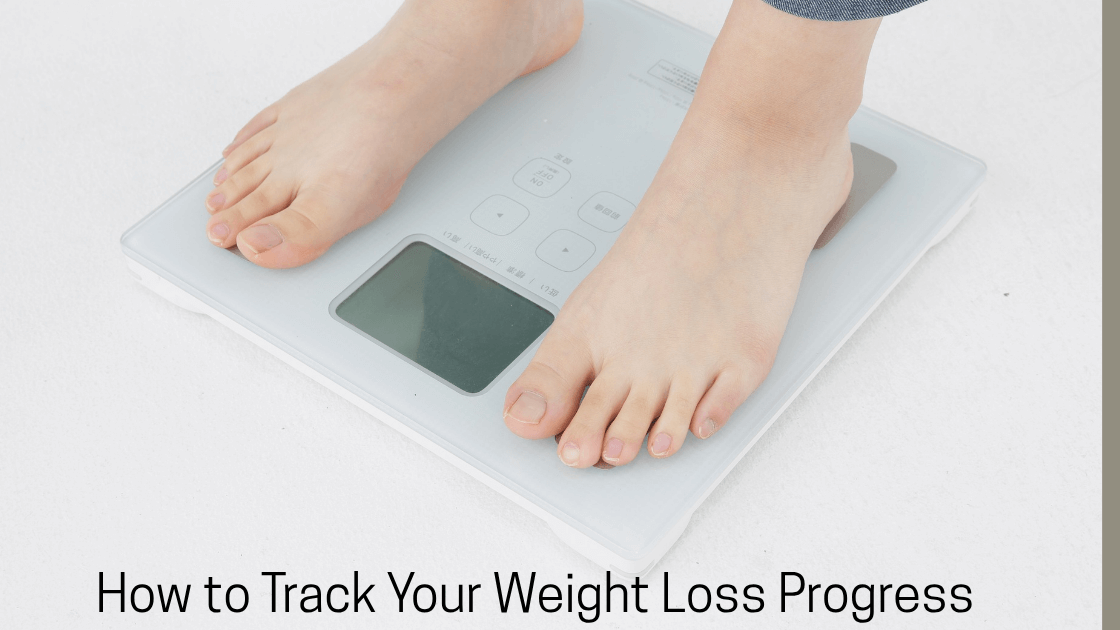Losing weight is a journey that requires patience, consistency, and the right strategies to monitor your progress.
Tracking your weight loss effectively helps you stay motivated, make necessary adjustments, and celebrate your achievements. Here are the best ways to track your weight loss progress.
Weigh Yourself Regularly (But Not Too Often)
Stepping on the scale is the most common way to track weight loss, but how often you weigh yourself matters.
Frequency
Weigh yourself once a week, at the same time of day (preferably in the morning after using the bathroom).
Consistency
Use the same scale on the same surface for accurate comparisons.
Mind the Fluctuations
Daily weight changes are normal due to water retention, food intake, and hormones. Focus on long-term trends rather than daily numbers.
Take Body Measurements
Since muscle weighs more than fat, the scale alone doesn’t always reflect progress. Measuring different body parts helps track fat loss even if the number on the scale doesn’t change.
Key Areas to Measure
Waist, hips, chest, arms, and thighs.
How Often
Measure every 2–4 weeks for noticeable changes.
Use Progress Photos
Photos provide a visual record of your transformation that numbers can’t always capture.
How to Take Progress Photos:
- Wear the same outfit each time.
- Use consistent lighting and angles.
- Take front, side, and back views.
Frequency: Every 2–4 weeks.
Track Body Fat Percentage
Body fat percentage gives a clearer picture of fat loss versus muscle gain.
Methods to Measure Body Fat:
- Calipers (skin-fold test)
- Bioelectrical impedance scales (less accurate but convenient)
- DEXA scan (most accurate but expensive)
Monitor Fitness Progress
Improvements in strength and endurance indicate progress, even if weight loss slows.
Track Workouts
Record reps, weights lifted, running times, or workout intensity.
Notice Changes
Can you lift heavier? Run longer? These are signs of progress.
Keep a Food Journal
What you eat plays a huge role in weight loss. Tracking meals helps identify patterns and areas for improvement.
Use Apps
MyFitnessPal, Lose It!, or Cronometer to log food intake.
Be Honest
Record everything, including snacks and beverages.
Pay Attention to How Your Clothes Fit
If your jeans feel looser or you need a smaller belt notch, that’s a great sign of progress, even if the scale hasn’t moved much.
Check Energy Levels & Mood
Weight loss isn’t just physical; improved energy, better sleep, and a positive mindset are also indicators of success.
Set Non-Scale Victories (NSVs)
Celebrate achievements beyond the scale, such as:
- Completing a 5K run.
- Doing your first pull-up.
- Feeling more confident.
Final Tips for Effective Tracking
Be Patient
Weight loss isn’t linear; plateaus happen.
Adjust as Needed
If progress stalls, reassess your diet and exercise routine.
Stay Consistent
Tracking helps, but consistency in healthy habits is key.
By using multiple tracking methods, you’ll get a complete picture of your progress and stay motivated on your weight loss journey!
